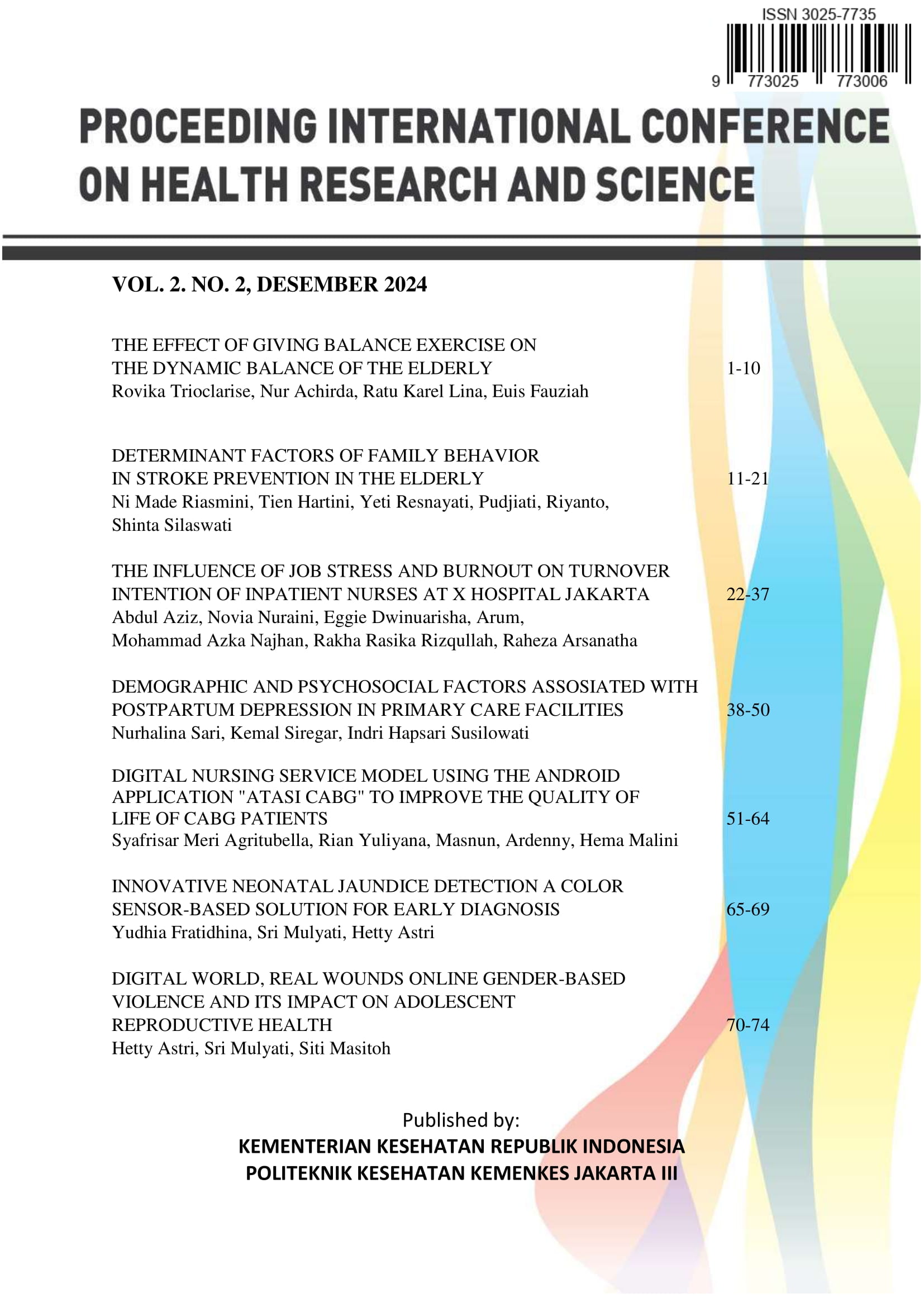Main Article Content
Abstract
Acute myocardial infarction (AMI) is the leading cause of death in Indonesia, with Approximately 94.56 deaths per 100,000 patients. One of the important indicators in the diagnosis of AMI is increased levels of troponin I (TnI) or high sensitive troponin I (hs-TnI). Approximately 70% of fatal AMI cases are attributed to occlusion caused by atherosclerosis. Atherosclerosis is characterized by lipid accumulation. The study aimed to determine the relationship between TnI and hs-TnI levels with lipid profile levels in AMI patients. The comparative analytical study design used primary data from 35 samples at RSMC in February – May 2024, and used spearman-rho correlation test analysis. Most AMI patients were in the age group of 56-65 (40%) and the percentage of male AMI patients (68.6%) is higher compared to females (31.4%). High-sensitivity troponin assays detect troponins (100%) but at a much lower concentration than classical assays. Low HDL levels (74.3%) indicate that the patient is at higher risk of detecting AMI incidences. We emphasize no significant relationship between TnI and hs-TnI with lipid profiles on AMI incidences because of several factors; time examination, complexity in cardiovascular disease, individual variability in response to atherosclerosis, and myocardial infarction.
